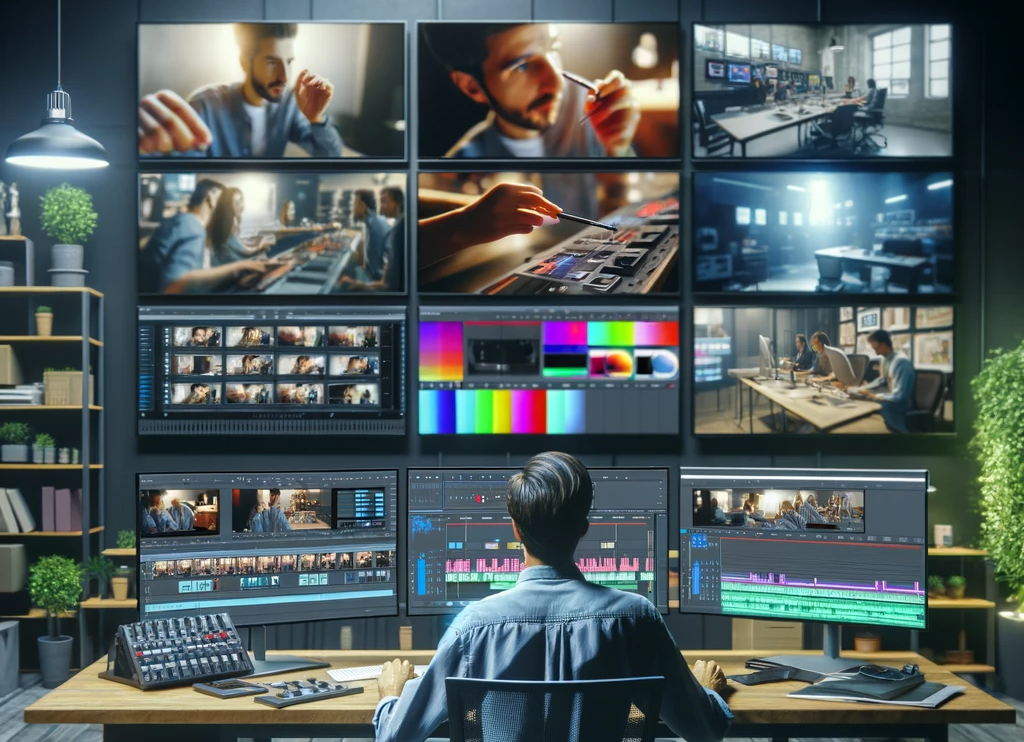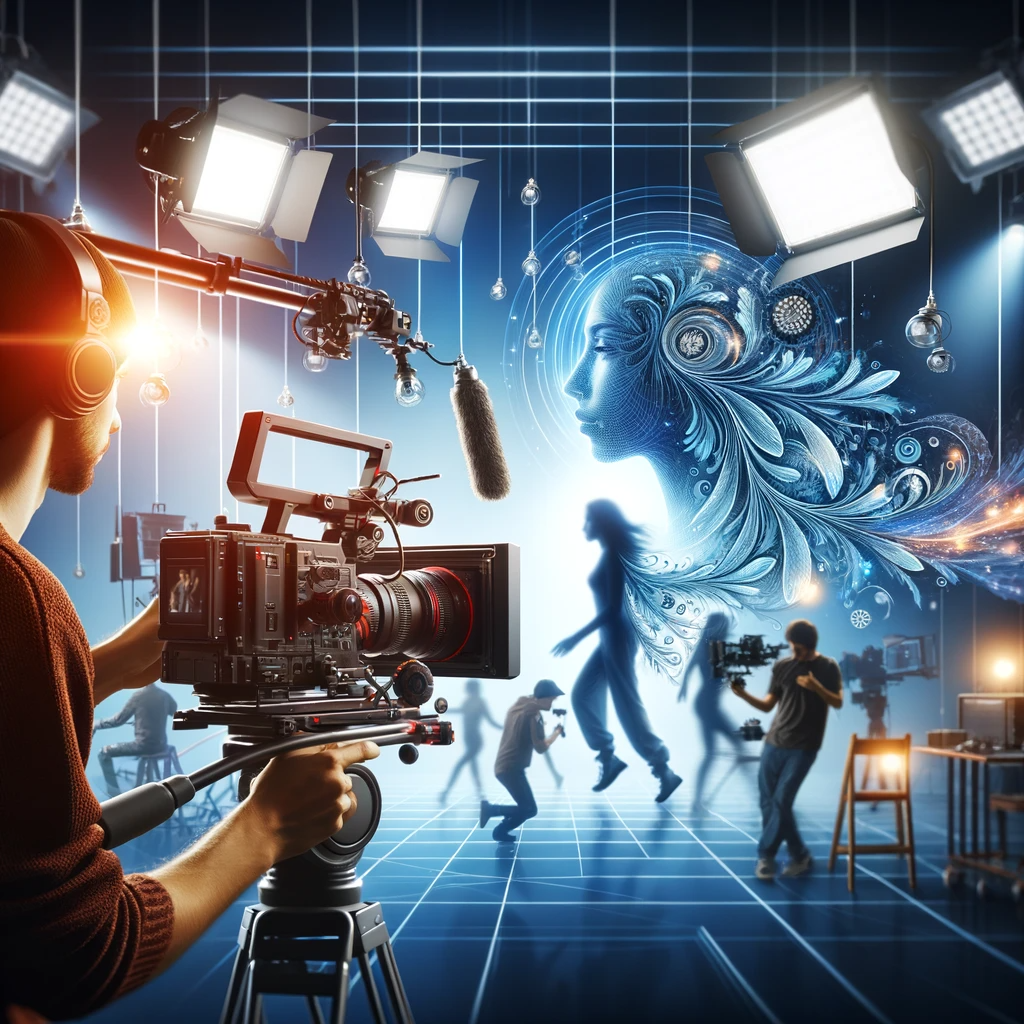In the dynamic world of media, encoding and Decoding are crucial to understanding communication. These ideas are at the heart of media studies and relevant to my video producer work. Combined with insights from the book Media and Cultural Studies: Keyworks, I will share my experiences to illustrate these concepts practically.
My approach to encoding in video production
In my video production, encoding goes beyond technical skills; it is a complex process of embedding my creations with intended meanings and messages. This includes selecting visual and audio elements that align with the narrative and resonate with my target audience. For example, when I produce a documentary, I present facts and embed my perspective on the subject, which is influenced by my understanding of and relationship to the subject.

Understanding decoding from the viewer’s perspective
Decoding is where my viewers interact with my work, interpreting it in light of their experiences, beliefs and cultural backgrounds. “The codes of encoding and Decoding are not necessarily perfectly symmetrical. The degree of symmetry – i.e. the degree of “understanding” The degree of symmetry – i.e. the degree of “understanding” and “misunderstanding” in communication – depends on the degree of symmetry/asymmetry (equivalence) between the “personified” encoder-producer and decoder-receiver.”(Durham, Meenakshi Gigi, 2006) For example, some may see my travelling video blog about a bustling city as an exciting adventure. In contrast, others may see it as a hectic and overwhelming depiction of city life. This difference in interpretation emphasises the subjective nature of Decoding and the importance of understanding the audience’s point of view during communication.
A real-life example from my video

When I was shooting a promotional video for a new product. In what I call “encoding” this video, I chose visuals, music and narrative that highlighted the product’s features and aligned with the brand image. However, how my viewers decoded the message varied. Some may see the product as a solution to their needs. In contrast, another considerable segment may see it as an unnecessary luxury. This difference in Decoding suggests different interpretations based on viewers’ unique backgrounds and needs.
The Impact of My Encoding and Decoding Choices
On a macro level, these concepts of encoding and Decoding are critical to how my message affects public opinion and trends. If I were a famous commercial filmmaker, the videos I produce on social issues have the potential to change perceptions, initiate discussions, and even influence policy decisions. As a video producer, I play a crucial role in content creation and shaping narratives and perceptions through my coding choices and understanding the various ways in which my work may be decoded.

As a video producer, mastering the nuances of encoding and Decoding is essential. It’s not just about storytelling; it’s about understanding the power of narrative and the different interpretations of the viewer. In today’s media-driven world, being mindful of how messages are encoded and decoded is critical to creating content with impact and resonance.
Reference
“Encoding/Decoding.” Media and Cultural Studies: Keyworks, by Meenakshi Gigi Durham and Douglas Kellner, Wiley-Blackwell, 2012, pp. 163–173.

